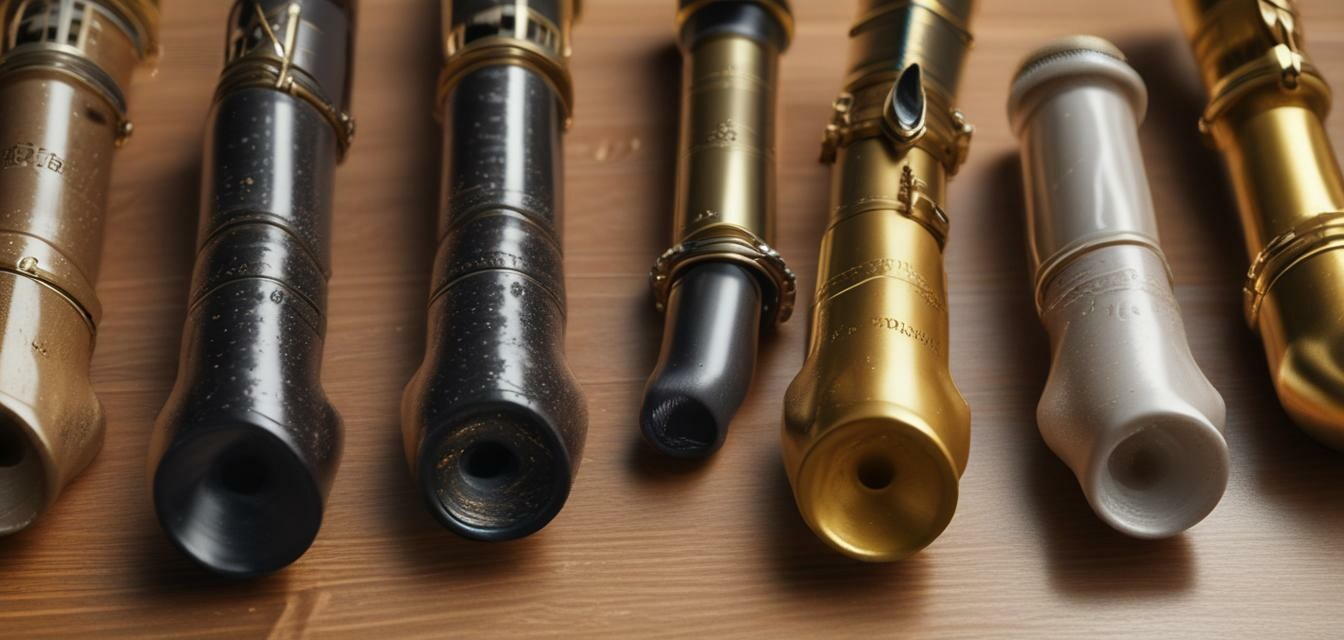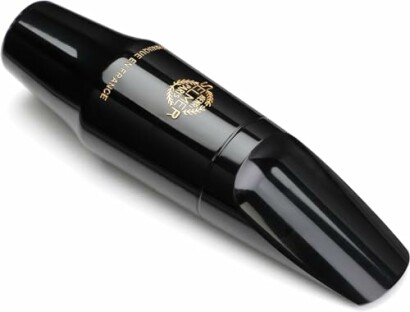
What to Look for in a Tenor Saxophone Mouthpiece
Key Takeaways
- Tip opening affects the airflow and tone quality.
- The material can define the sound produced.
- Chamber shape influences the mouthpiece's acoustic properties.
- Consider your playing style and genre when choosing a mouthpiece.
- Experimenting with different mouthpieces can improve comfort and sound.
Choosing the right mouthpiece for your tenor saxophone is crucial for producing the best sound based on your individual playing style and preferences. Whether you are a beginner or an experienced saxophonist, understanding what makes a mouthpiece suitable for your needs can elevate your playing experience. In this guide, we will explore what qualities to look for when selecting a tenor saxophone mouthpiece.
Understanding Mouthpiece Components
Each mouthpiece is made up of several key components that play a role in sound production. Here are the main parts to consider:
- Tip Opening: The distance from the tip of the mouthpiece to the reed affects the airflow and tone. A larger tip opening may allow for more volume, while a smaller opening can yield a more controlled sound.
- Facing Length: This is the length from the tip to the point where the reed sits. It affects response and intonation.
- Chamber Shape: The internal shape of the mouthpiece impacts the tone and sound projection. Different shapes can enhance clarity or warmth in sound.
- Material: Mouthpieces can be made from various materials, including rubber, metal, and ebonite, each affecting the tone differently.
Types of Tenor Saxophone Mouthpieces
There are various types of mouthpieces suited for different playing styles and genres. Here’s a breakdown of a few popular options:
| Type | Ideal For | Sound Characteristics |
|---|---|---|
| Rubber Mouthpiece | Jazz Players | Warm, rich sound |
| Metal Mouthpiece | Contemporary and Pop Musicians | Loud and bright sound |
| Ebonite Mouthpiece | Versatile Use | Balanced sound with good projection |
Exploring Specific Products
Here are some popular mouthpieces that could greatly impact your tenor saxophone playing:
Vandoren SM613B T75 Jumbo JAVA Tenor Saxophone Mouthpiece
An ebonite mouthpiece featuring a 265-micron tip opening, perfect for getting a strong, powerful sound.
Learn MoreSelmer S-80 C* Mouthpiece for Tenor Saxophone
This mouthpiece offers a square cross-section in the chamber, ideal for a "step up" experience.
Learn MoreTrying Different Mouthpieces
One of the best ways to find your perfect mouthpiece is to try out various options. Many music stores allow you to test mouthpieces before purchasing. Consider factors such as comfort, sound quality, and ease of play when trying different models. Explore accessories that can help enhance your experience as well.
Maintenance for Longevity
Taking proper care of your mouthpiece is essential. Regular cleaning can prevent buildup and ensure that you maintain the best sound quality. Always store your mouthpiece in a protective case to avoid damage.
Tips for Beginners
- Start with a medium tip opening for versatility.
- Choose a rubber mouthpiece to develop your sound without excessive brightness.
- Consult experienced players or teachers for recommendations.
Final Thoughts
Finding the right tenor saxophone mouthpiece can be a personal journey—what works for one player might not work for another. Be prepared to experiment with a few until you discover the one that enhances your unique style. Your mouthpiece is an essential part of your instrument; invest time in discovering the best for you. For more insights on saxophone accessories, check out our Buying Guides section.
Pros
- Variety of materials and styles available
- Customizable to fit personal playing style
- Improves overall sound and performance
Cons
- Can be expensive to experiment with multiple options
- Some mouthpieces may require adjustment for optimal play
- Not all mouthpieces suit every genre of music

